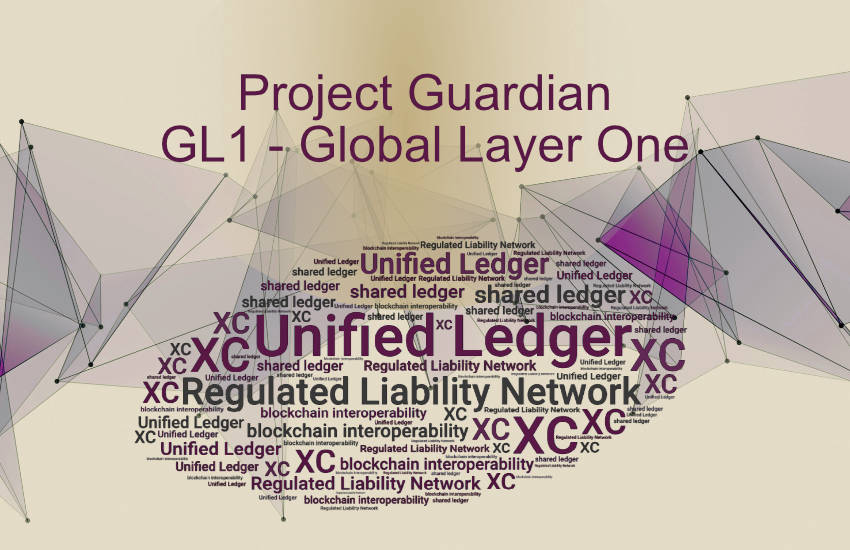Five banks have worked with the Monetary Authority of Singapore (MAS) to realize its vision for the Global Layer One (GL1) blockchain, a permissioned public blockchain network that could form the basis of many applications. The five institutions are BNY, Citi, JP Morgan, MUFG and Société Générale-FORGE. They will now be joined by HSBC and Euroclear. Part of the project scope has also been expanded.
There is some crossover between the GL1 concept and the BIS Unified Ledger. Both aim to create a single infrastructure that will support multiple applications and asset classes. GL1 aims to enable trading, settlement, payments, collateral, securities transactions and more on a shared network.
When the group published the report on the first phase of work in June, we noted a desire to adapt to disruption by eliminating the need to hand over key roles to central securities depositories (CSDs). But now, a CSD (Euroclear) is one of the architects.
A major contribution made by Euroclear is the framework for monitoring digital asset securities that it developed with the DTCC and Clearstream.
This framework describes six high-level principles below and each of them is associated with risks and specific controls to address those risks.
The six principles are:
- Legal security
- Regulatory Compliance
- Resilience and security
- Safeguarding customer assets
- Connectivity and interoperability
- Operational scalability
This is why MAS has created a new Financial Market Infrastructure (FMI) working group to focus on these control principles, in which other FMIs will participate.
Extended GL1 range
These principles will be applied to the settlement modalities of cross-border transactions on MFIs and the management of collateral, among other applications.
Perhaps the most difficult new task is to develop a business model that works not only for banks but also for other players in the ecosystem.
The group will also develop specifications for tokenized asset lifecycles and programmable compliance.
We observe that as the group grows, compromises may be necessary, as different participants may have worked on distinct standards, which are not always compatible. Developing common ground is an essential path to interoperability.
Meanwhile, yesterday, MAS presented its vision for the transition of tokenization from experimentation to commercialization. GL1 is one of the four pillars of this process.




